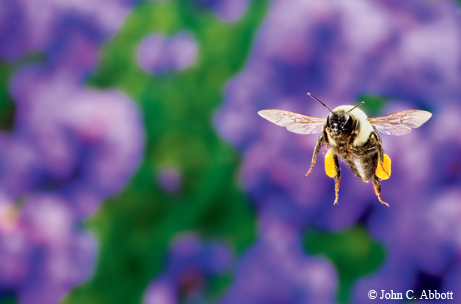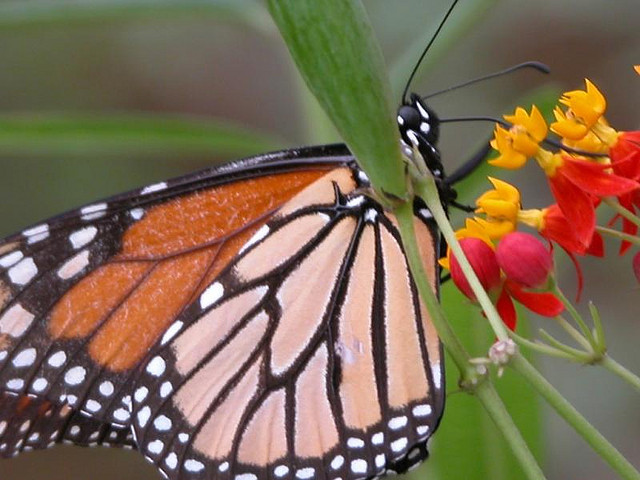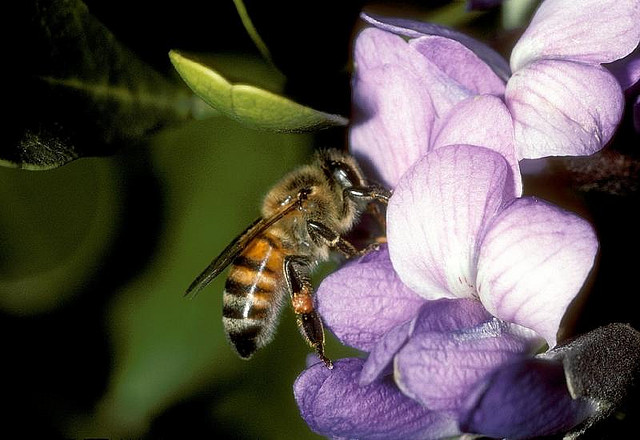Making Pollinators a Priority
Thursday, November 12th, 2015
Common Eastern Bubmle Bee (Bombus impatiens) worker in flight
TEXAS: Lamar Co. Camp Maxey National Guard Facility in Paris
27.August.2009 J.C. Abbott
This is Passport to Texas
Honeybees, native bees, bats, butterflies and other insects are pollinators, and are vital to our economy, food security, and environmental health. The Texas Parks and Wildlife Department Landowner Incentive Program, or LIP, can help interested landowners manage their property for pollinators.
09-The LIP program at the moment is prioritizing projects that are directed at pollinators. Pollinators are definitely hot.
Arlene Kalmbach coordinates the program.
33-Pollinators got on the Landowner Incentive priority list based on the funding source. The landowner Incentive Program is funded by the Fish and Wildlife Service–partners for fish and wildlife program. And pollinator projects are a high priority for them, so they are a high priority for us. They would have been a
high priority for us regardless of our funding source. But, it helps that everybody’s on the same page. So, with this next round of projects, we hope to see a lot of pollinator targeted projects.
Something to know about the LIP program is it does not have acreage restrictions.
13-It really just depends on the resources you’re trying to restore or protect. In the history of the program, I’ve seen us work on an urban lot to thousands of acres of West Texas.
Have a project in mind? Find details on the Landowner Incentive Program on the Texas Parks and Wildlife website.
For Texas Parks and Wildlife…I’m Cecilia Nasti.




 Passport to Texas is a
Passport to Texas is a  Passport to Texas is made available by:
Passport to Texas is made available by: